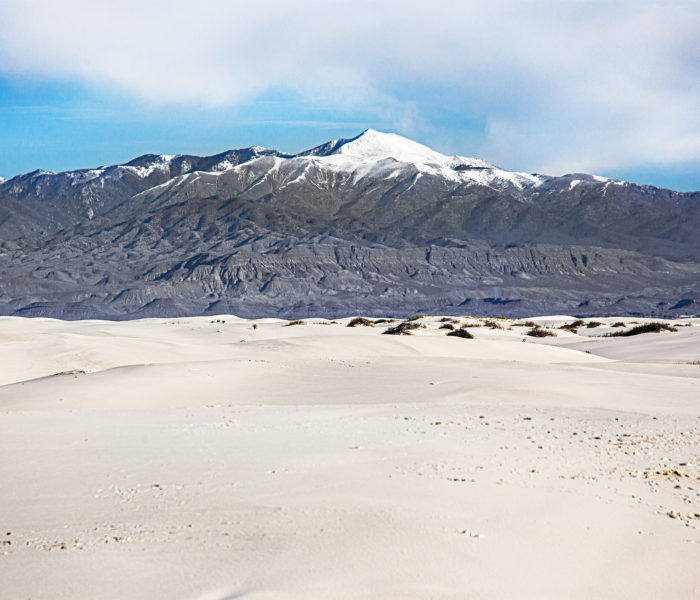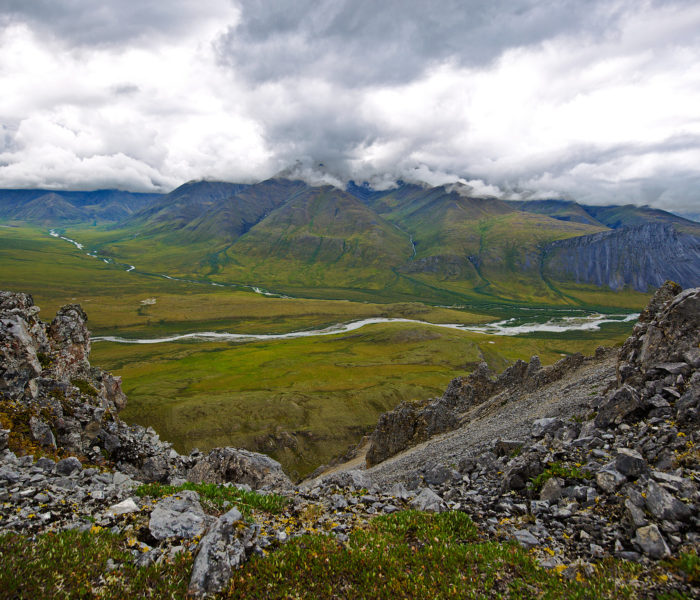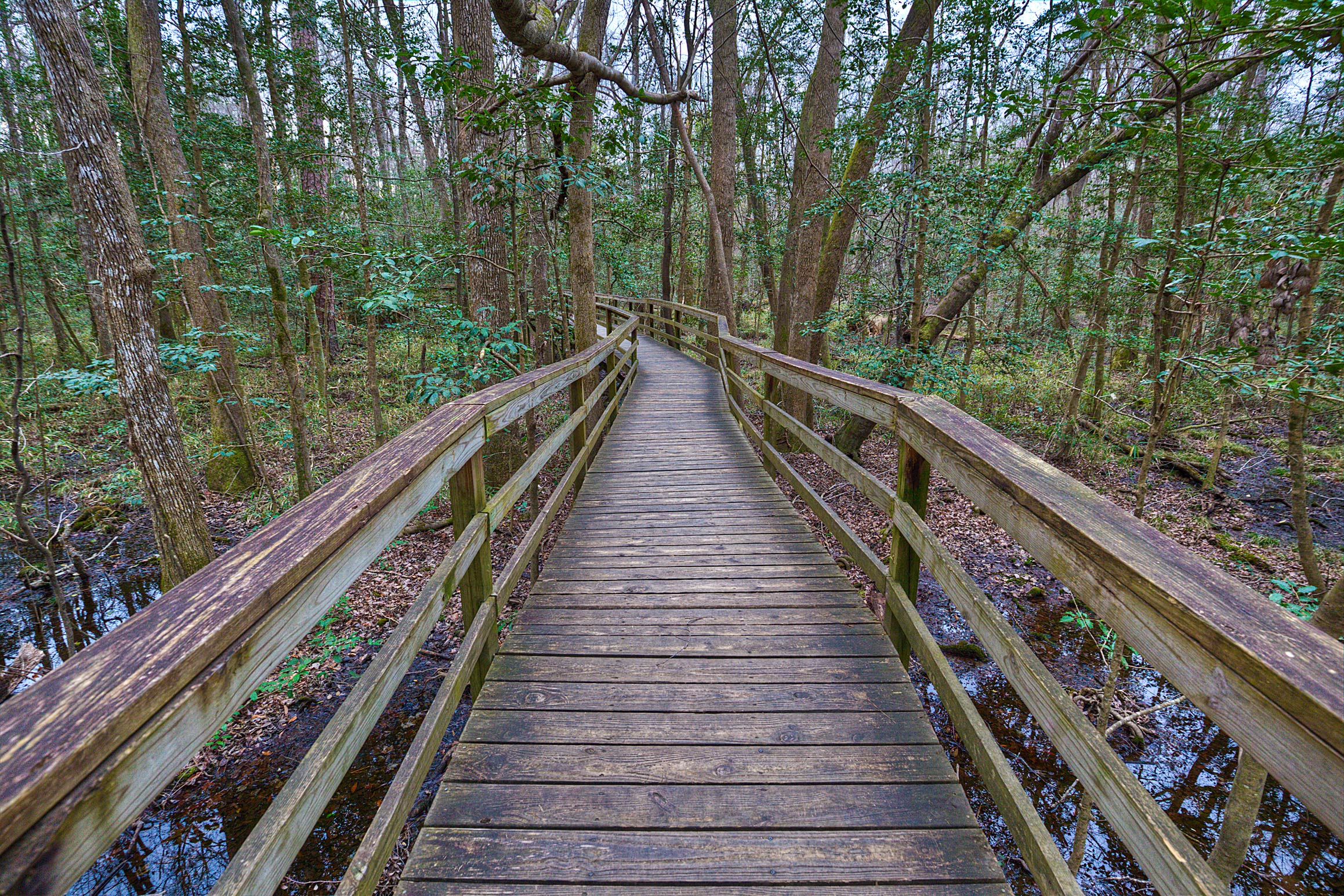
Located just a short drive from Columbia, South Carolina, Congaree National Park represents one the last untouched wildernesses in the Southeastern United States- a vast wonderland of massive trees, beautiful plants, and lush green floodplains.
Entering Congaree National Park is like stepping back in time to an era when the South East of the United States was wild, natural, and free. The scenery found in this Park canvassed the region for millions of years until deforestation and massive population growth in the 19th and 20th centuries gradually eroded it away. Today, Congaree offers the rare opportunity for a visitor to escape the cities of the present and enter the world of the past.
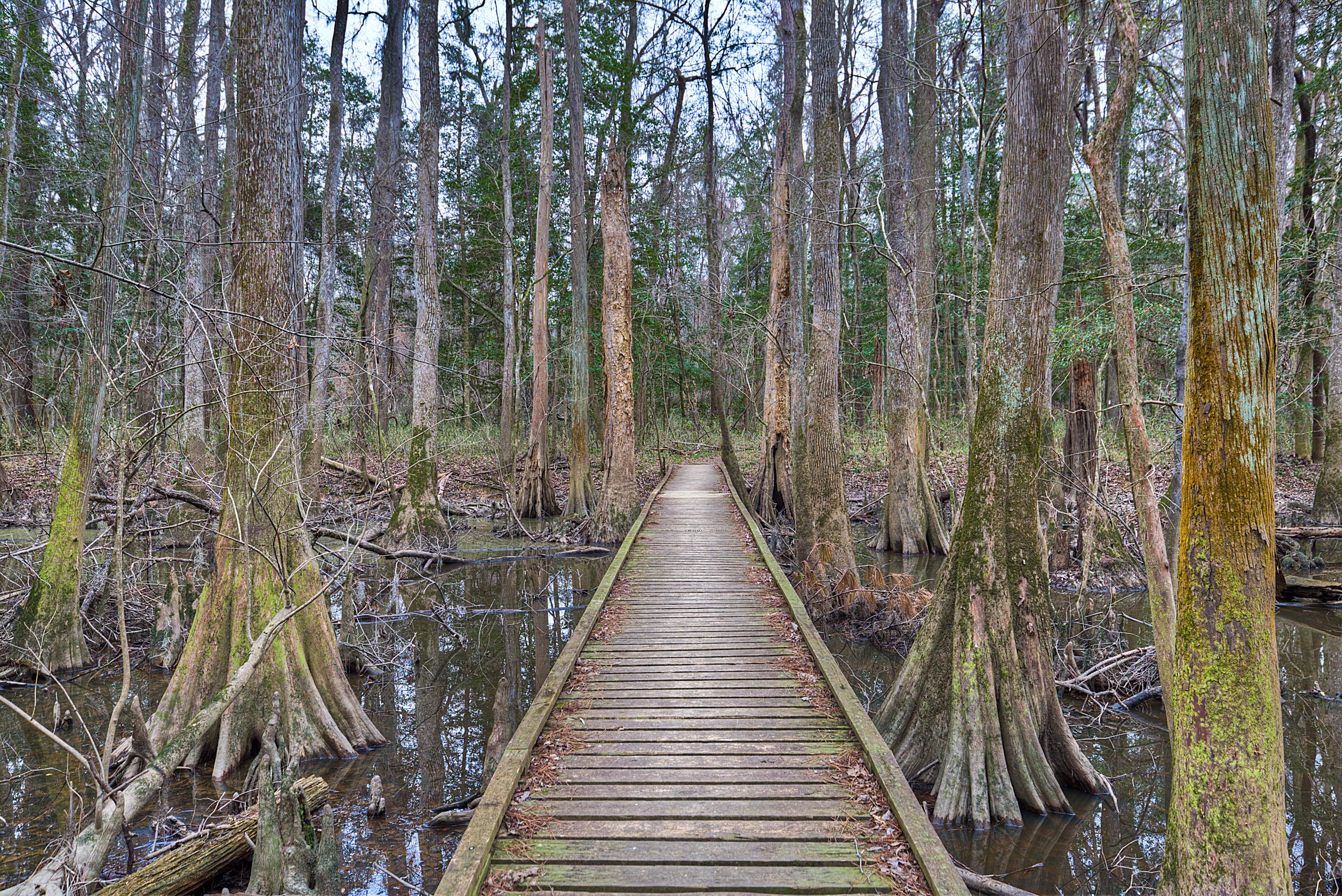
One of the many stops on the famous Boardwalk hike
About Congaree National Park
Following a 35+ year lobbying campaign, Congaree was named our Nation’s 57th National Park in 2003 in order to preserve the largest tract of “bottomland hardwood forest” left in the United States. Known for its floodplains and massive 150+ foot tall “Champion” trees, Congaree is a vibrant and natural wonderland. Receiving only about 120,000 visitors per year, Congaree National Park is one of the least visited Parks in the system and offers uncommon tranquility and solitude for those who seek it.
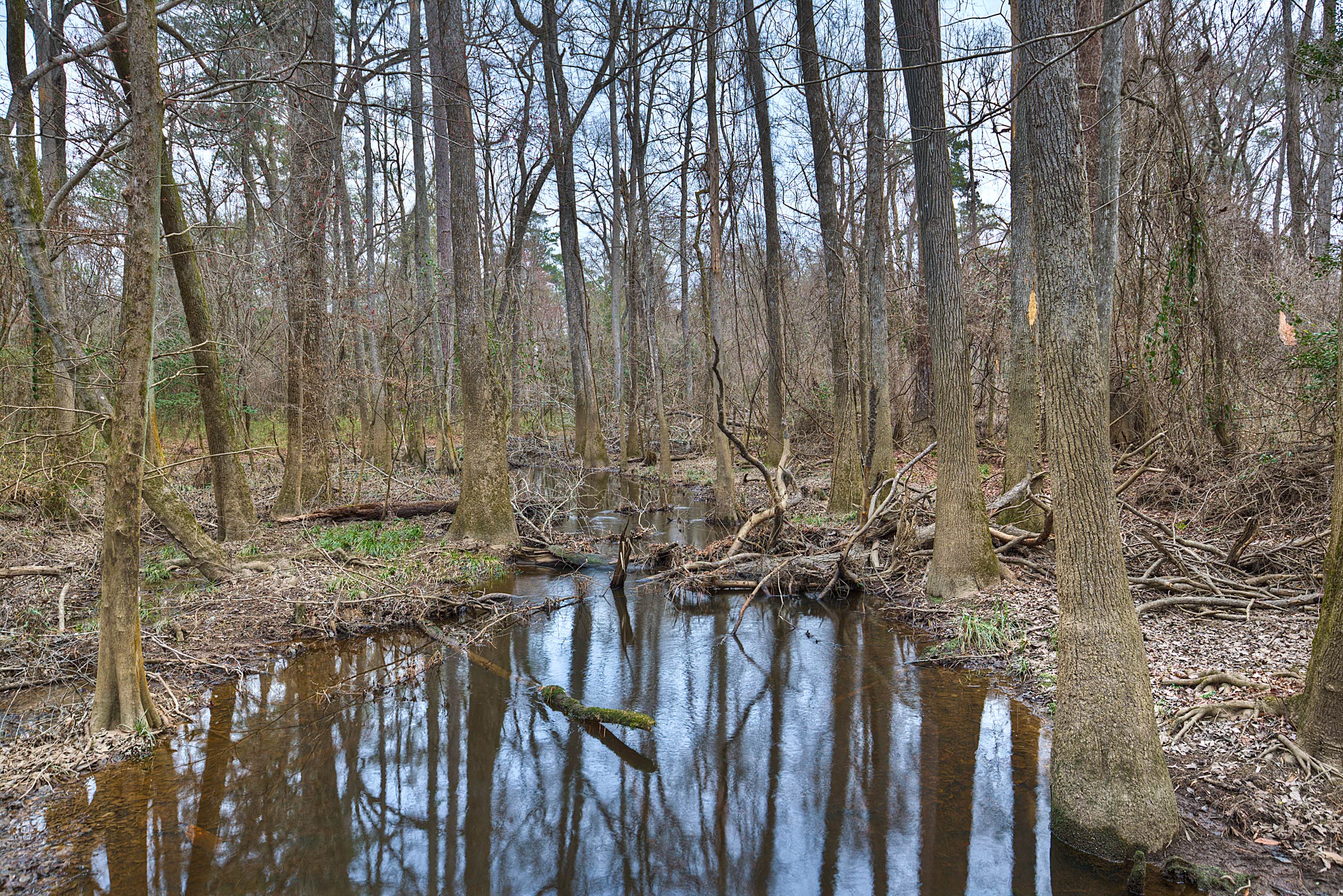
Fun Facts About Congaree National Park
• Part of the reason the Park is so lightly visited is due to Mosquitos- during the hotter temperatures of the Spring and Summer, the Park uses a Mosquito gauge that ranges from “All Clear” to “War Zone.”
• During periods of heavy rain, the floodplain can rise multiple feet, completely consuming the Park’s famous elevated boardwalk!

If it rained heavily- this bridge would be underwater!
Where is Congaree and How Do I Get There?
The Park is located roughly 30 minutes southeast of Columbia, South Carolina. Major airlines can fly directly to Columbia or you can also fly to Atlanta and drive up (it’s roughly 3.5 hours).
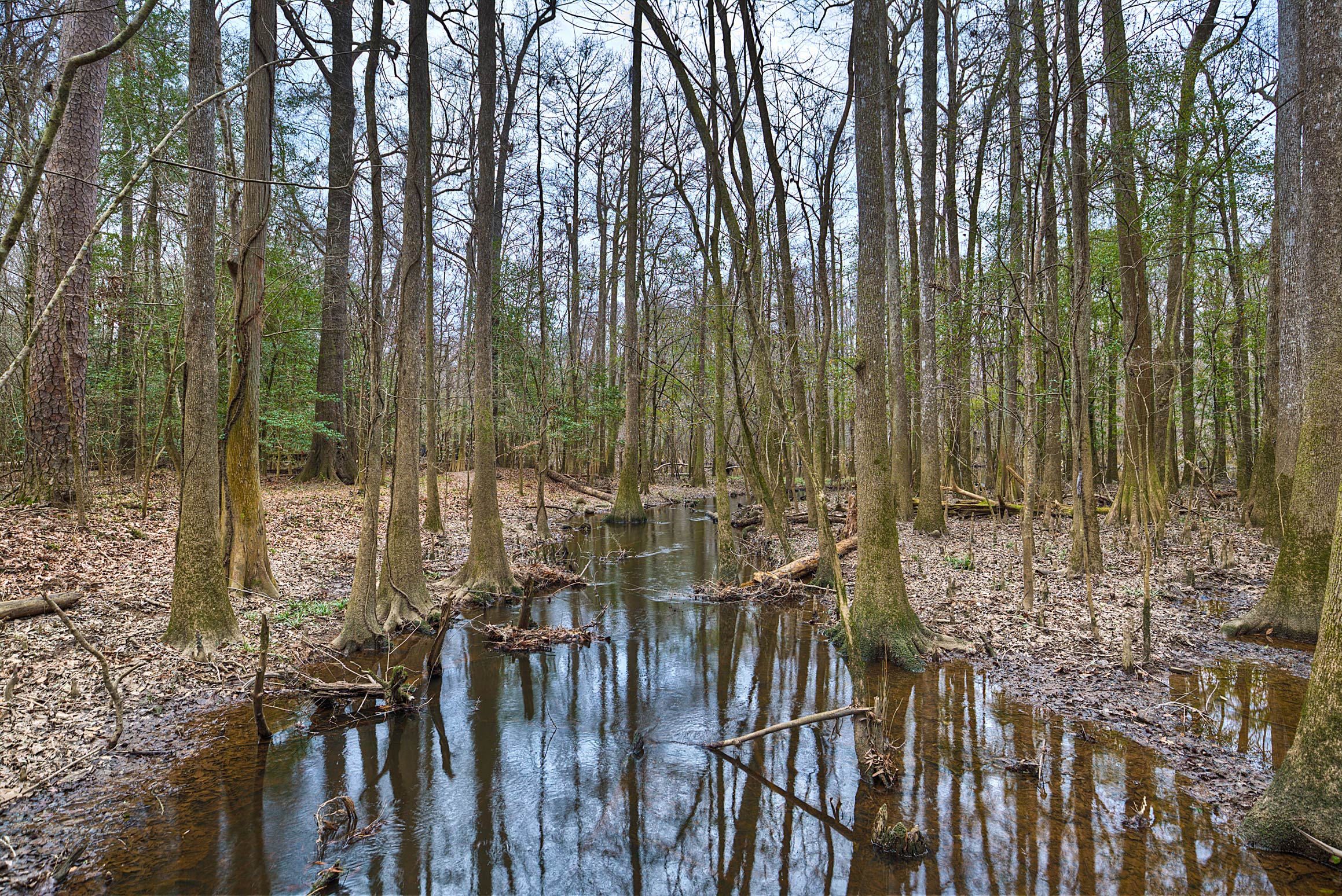
When Should I Visit?
Visiting the Park is extremely tricky as the heavy rains during the Winter brings flooding and the Warm temperatures during the summer brings armies of mosquitos. That leaves either early Spring or late Fall as the best times to visit- although you can also sometimes get lucky like I did and visit during late Winter!
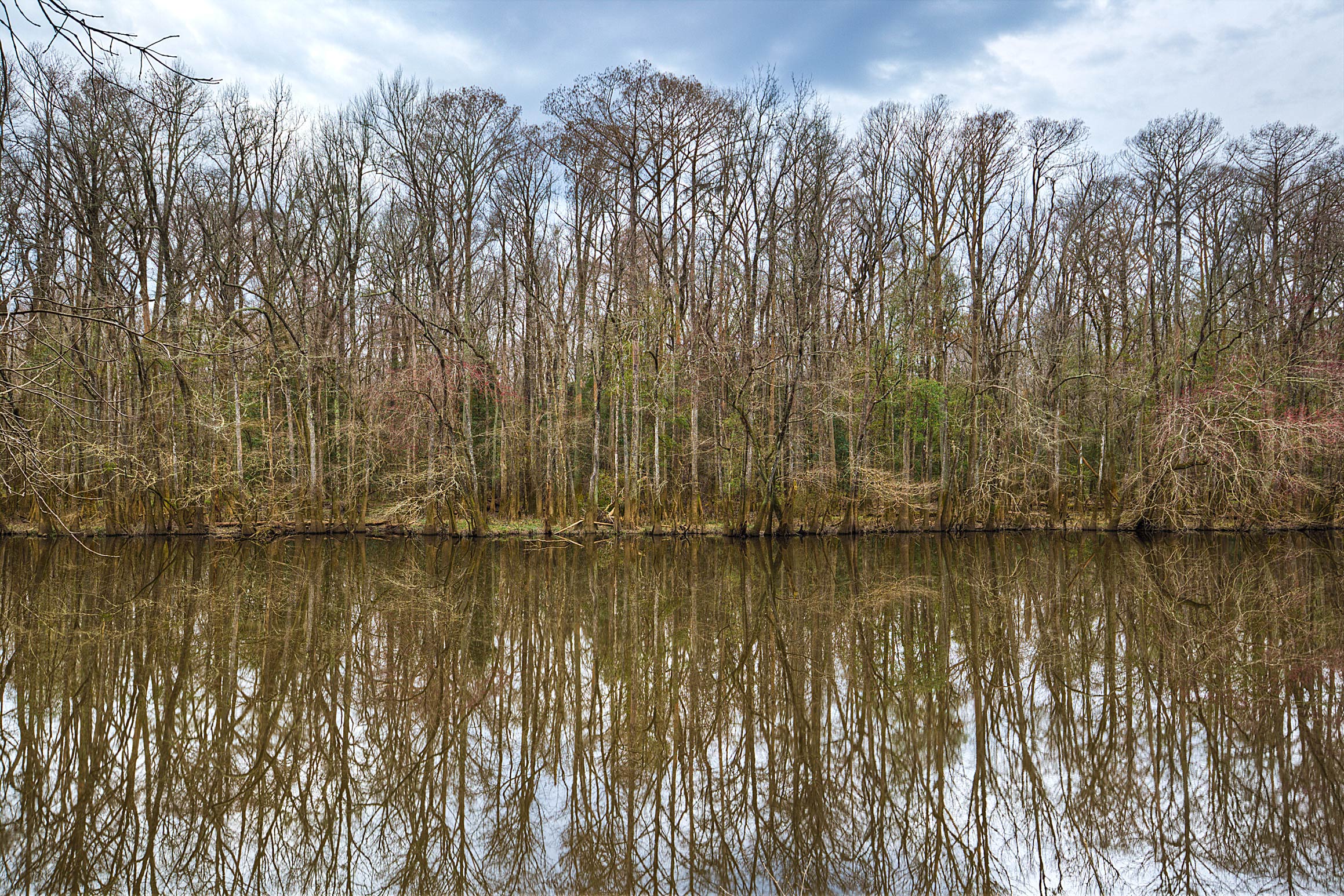
That’s all for now- next up I am off to Virginia to see Shenandoah National Park!
-Morgan
Bonus Images:
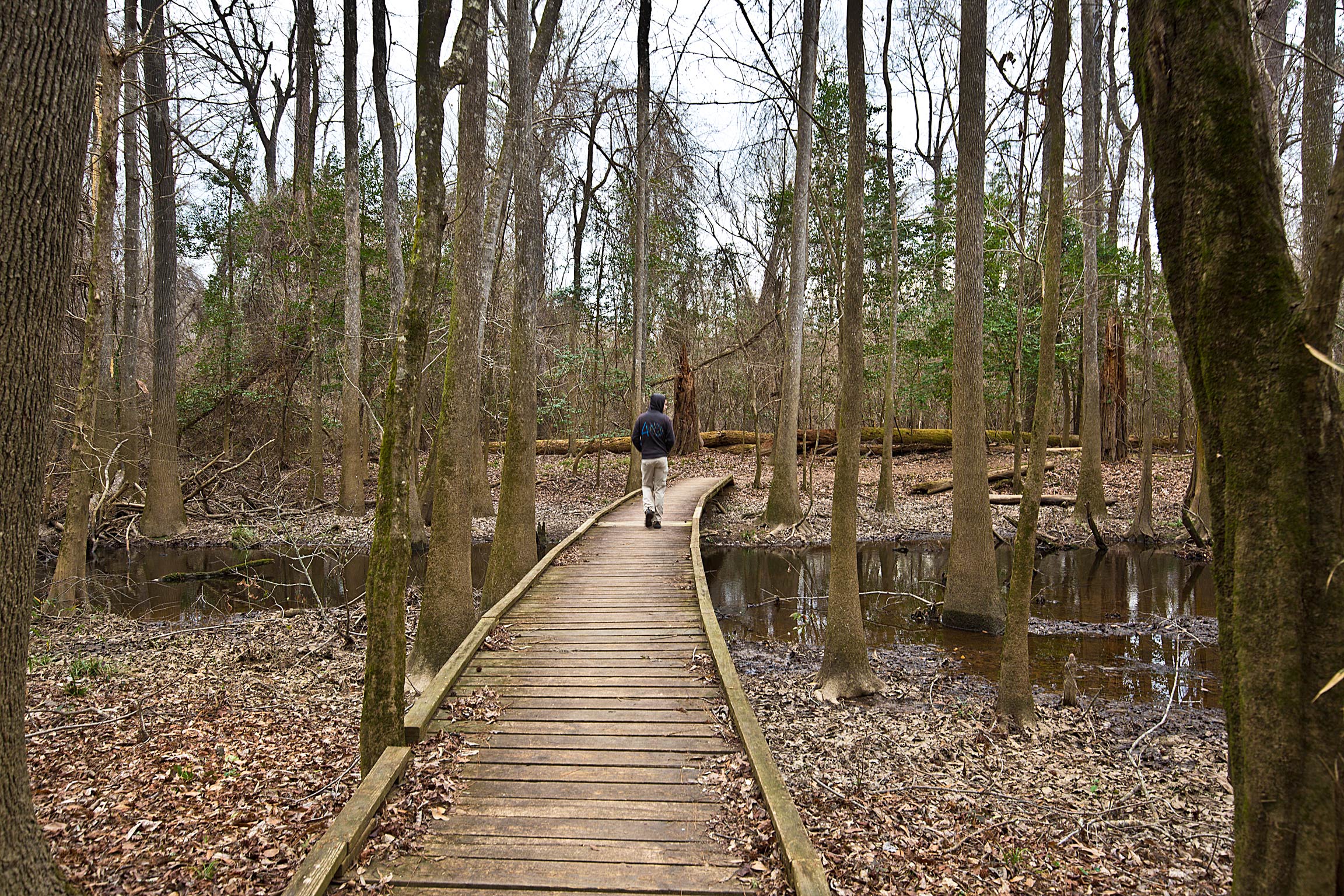
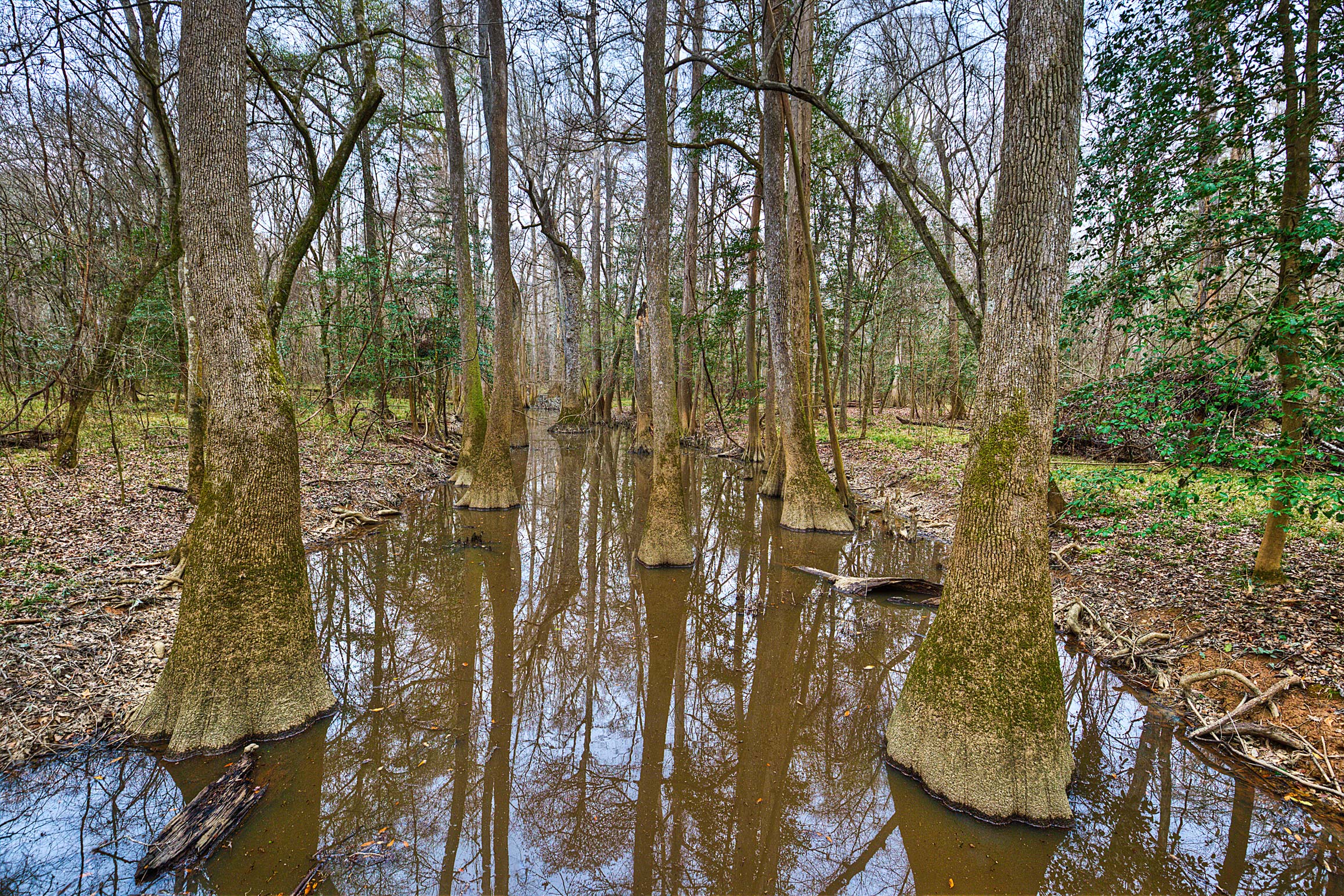
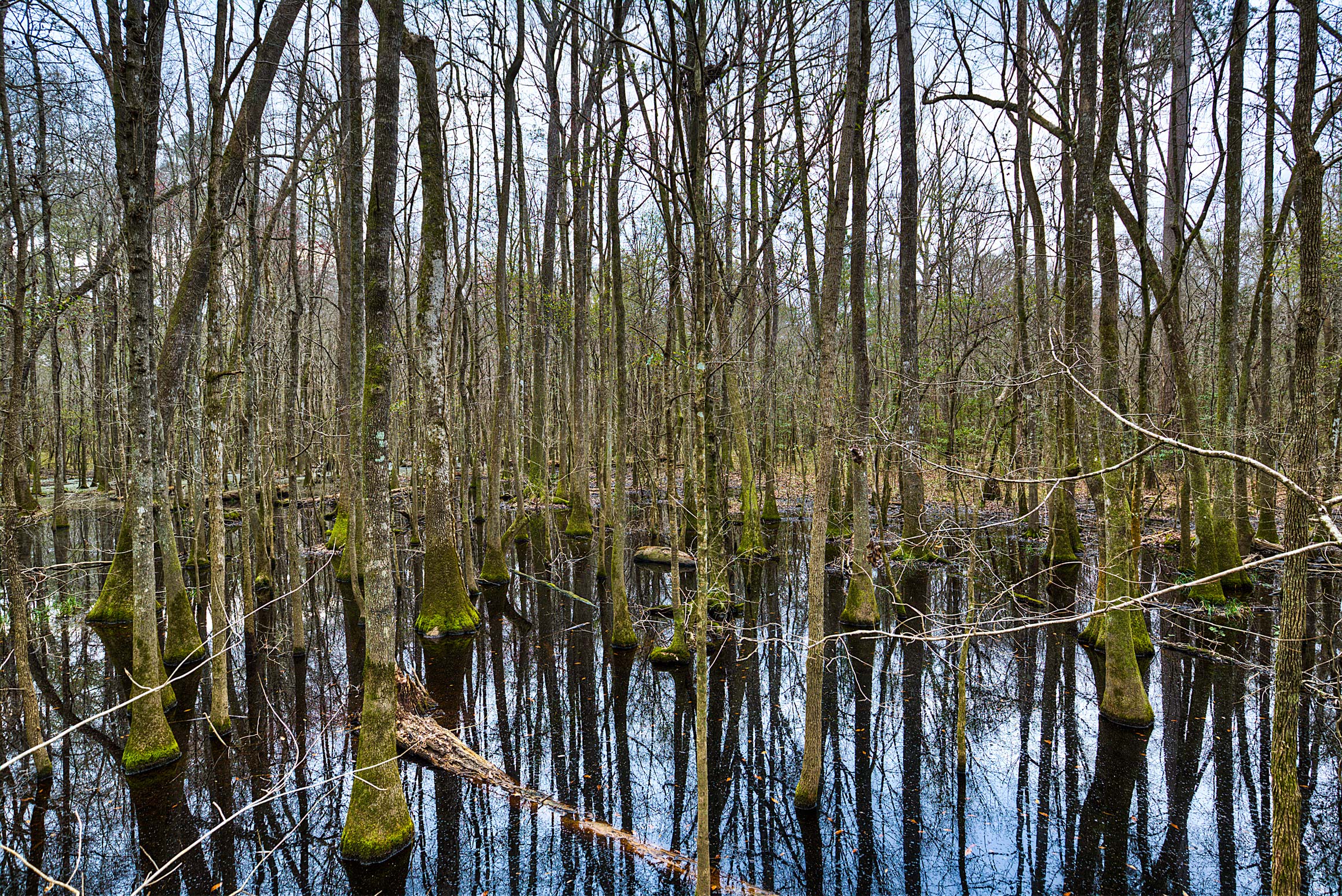
Categories: US National Parks


